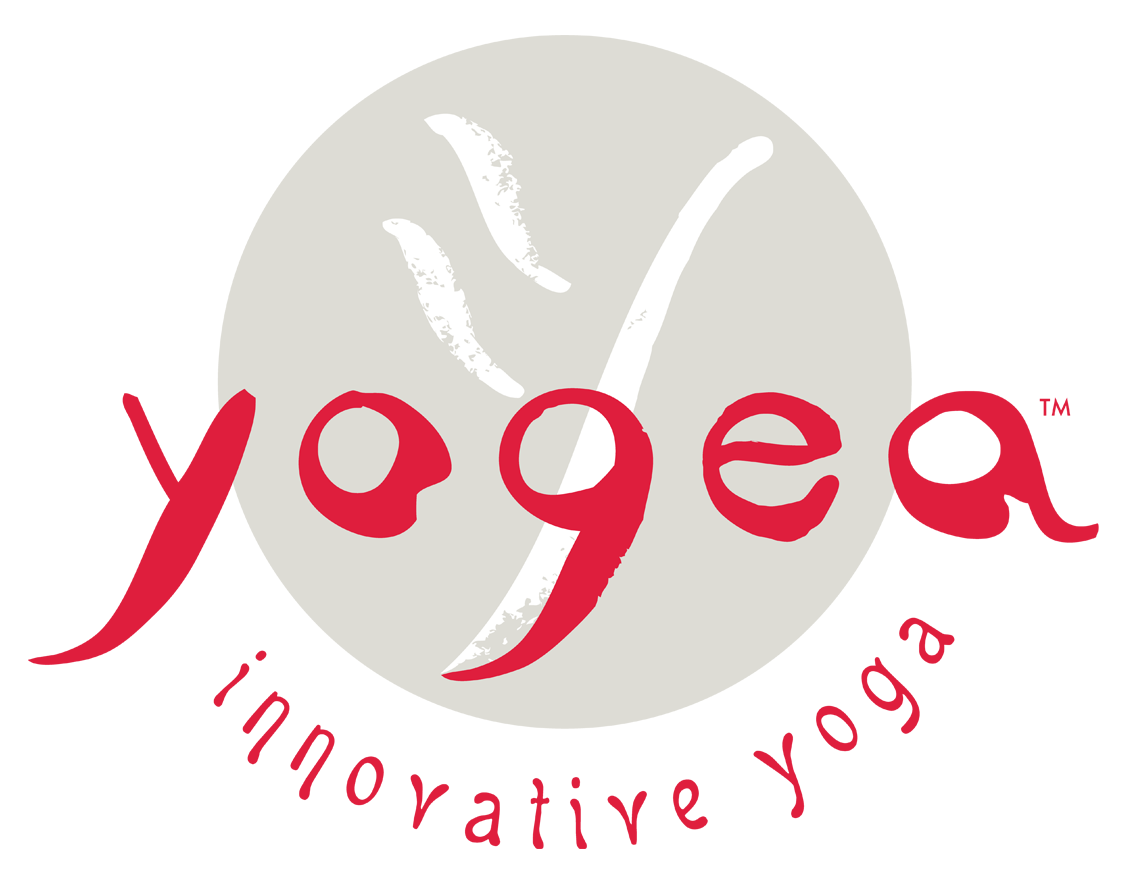Subtle Shifts
I just got back from an exciting yoga conference in Gran Canaria, where I taught Yogea and was able to take tons of other advanced classes. Some of the classes were way too advanced for most participants and students and looked like a showcase of the teacher’s individual level of contortionism and trickery. It is great to watch these intricate poses that we marvel on posters, but it is even greater if we could find a masterful way to get in and out of them.
The standard yoga transition is a Vinyasa, which comes from the Ashtanga tradition of Krishnamacharya. It is safe, and with time builds the strength necessary for advanced poses. One of the classes that I loved at the Conference was taught by an Ashtangi expert who in the course of two hours broke down the standard Vinyasa, emphasizing the more advanced stages of the jump through. She soared seamlessly into the handstands and arm balances, floating above the ground. None of the students could replicate her mastery and everyone felt somewhat discouraged and frustrated in the end.
I admire the Ashtanga tradition and the regimented practice that it jealously guards. I believe every Yogi should go through it for as long as it feels pertinent. But the practice of repetition has its drawbacks. Yes, repetition makes you go deeper and encourages inner growth. But from a physiological perspective the same muscles work in the same way. From a neurological perspective, the brain does not forge new pathways and connections. Soon enough the muscles bulk up and the joints wear and tear. The mind goes on autopilot and the progress is no longer tangible.
I honor tradition, but as a Yoga maverick I always seek new creative solutions within the set Vinyasa class. Throughout the years of trial and error I have tested myriad ways of getting in an out of these gorgeous poses, and how to build up to them. When you vary your transitions suddenly the body opens much more and the brain flexes, just like the muscles. The usual daily Sadhana becomes a delight and lab for generating more elegant solutions on and off the mat.
The most essential quality of safe and correct transitioning is subtlety and grace. If you follow the body’s organic flow, you will soon discover a very intuitive and elegant way of getting into your favorite poses. What’s more, you will diversify the entire class design and get out of your habitual sequencing, discovering new ways to connect, to bind; new poses to assume.
In a chain of wholeness every part leads to the next. The flow is unimpeded and continuous. Most things in nature follow that order and organic flow. If you apply it to your advanced asana practice, you will discover a curious buoyancy in your hips and fluffy cushions through your feet and hands that allow you to morph in and out of breaths, poses, states of mind, body and consciousness.
Lately, I have been introducing many new and inventive transitions that culminate in compound and complex asanas. I am amazed at how they guide me to naturally change, level, angle, direction or shift weight. As I spark my body’s curiosity I come up with unimagined possibilities for a fluid and challenging class. My body is charged, but most importantly, my mind is re-nourished, and my spirit is elated.
If you are a seasoned yogi or yogini, don’t hesitate to try this master class. It will definitely throw you out of your comfort zone and keep you busy for months to come. There is always so much to look forward to in Yoga when it’s not repetitive but new and fresh. Why not consider refreshing your practice and why not your life.
Advanced Yoga Routine: Subtle Shifts
This master class is for advanced and seasoned practitioners only! It takes you into a winding journey through different compound and complex asana (innovasana) introducing unconventional transitions that help you refine your practice. Poses are strung together by subtle shifts that cultivate balance, while “elastifying” both body and mind.

Leave a Reply